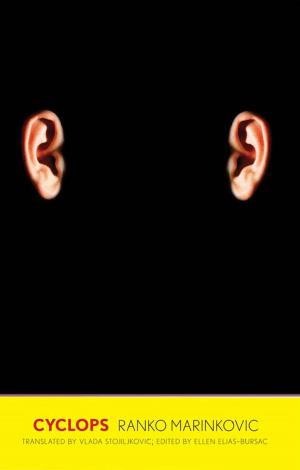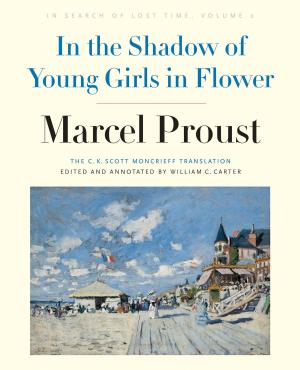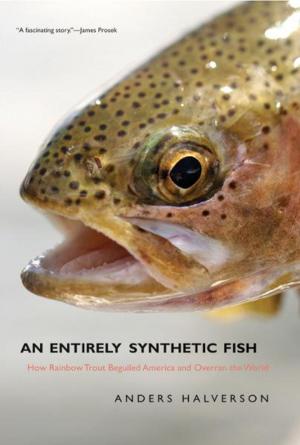Indecent Exposures
Eadweard Muybridge's "Animal Locomotion" Nudes
Nonfiction, Art & Architecture, Photography, Individual Photographer, Romance, Erotica, Erotic Photography| Author: | Sarah Gordon | ISBN: | 9780300218633 |
| Publisher: | Yale University Press | Publication: | October 27, 2015 |
| Imprint: | Yale University Press | Language: | English |
| Author: | Sarah Gordon |
| ISBN: | 9780300218633 |
| Publisher: | Yale University Press |
| Publication: | October 27, 2015 |
| Imprint: | Yale University Press |
| Language: | English |
Photographer Eadweard Muybridge (1830–1904), often termed the father of the motion picture, presented his iconic Animal Locomotion series in 1887. Produced under the auspices of the University of Pennsylvania and encompassing thousands of photographs of humans and animals in motion, the series included more than 300 plates of nude men and women engaged in activities such as swinging a baseball bat, playing leapfrog, and performing housework—an astonishing fact given the period’s standards of propriety.
In the first sustained examination of these nudes and the remarkable success of their production, wide circulation, and reception, Indecent Exposures positions this revolutionary enterprise as central to crucial advancements of the modern era. Muybridge’s nudes ushered in new attitudes toward science and progress, including Darwinian ideas about human evolution and hierarchy; quickened debates over the role of photography and scientific investigation in art; and offered innovative perspectives on the human body. This fascinating story is copiously illustrated, and includes many lesser-known photographs published here for the first time.
In the first sustained examination of these nudes and the remarkable success of their production, wide circulation, and reception, Indecent Exposures positions this revolutionary enterprise as central to crucial advancements of the modern era. Muybridge’s nudes ushered in new attitudes toward science and progress, including Darwinian ideas about human evolution and hierarchy; quickened debates over the role of photography and scientific investigation in art; and offered innovative perspectives on the human body. This fascinating story is copiously illustrated, and includes many lesser-known photographs published here for the first time.
Photographer Eadweard Muybridge (1830–1904), often termed the father of the motion picture, presented his iconic Animal Locomotion series in 1887. Produced under the auspices of the University of Pennsylvania and encompassing thousands of photographs of humans and animals in motion, the series included more than 300 plates of nude men and women engaged in activities such as swinging a baseball bat, playing leapfrog, and performing housework—an astonishing fact given the period’s standards of propriety.
In the first sustained examination of these nudes and the remarkable success of their production, wide circulation, and reception, Indecent Exposures positions this revolutionary enterprise as central to crucial advancements of the modern era. Muybridge’s nudes ushered in new attitudes toward science and progress, including Darwinian ideas about human evolution and hierarchy; quickened debates over the role of photography and scientific investigation in art; and offered innovative perspectives on the human body. This fascinating story is copiously illustrated, and includes many lesser-known photographs published here for the first time.
In the first sustained examination of these nudes and the remarkable success of their production, wide circulation, and reception, Indecent Exposures positions this revolutionary enterprise as central to crucial advancements of the modern era. Muybridge’s nudes ushered in new attitudes toward science and progress, including Darwinian ideas about human evolution and hierarchy; quickened debates over the role of photography and scientific investigation in art; and offered innovative perspectives on the human body. This fascinating story is copiously illustrated, and includes many lesser-known photographs published here for the first time.















